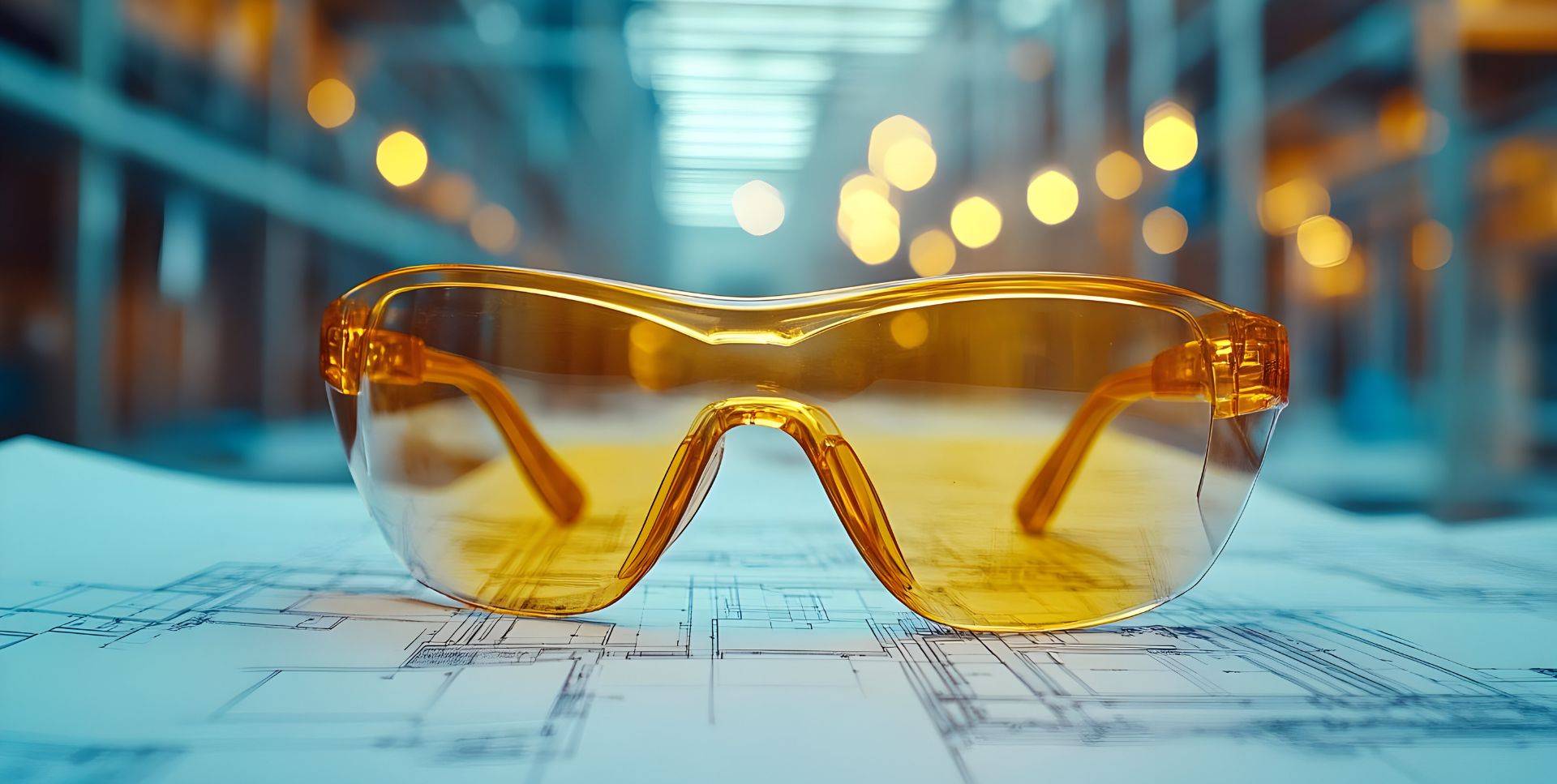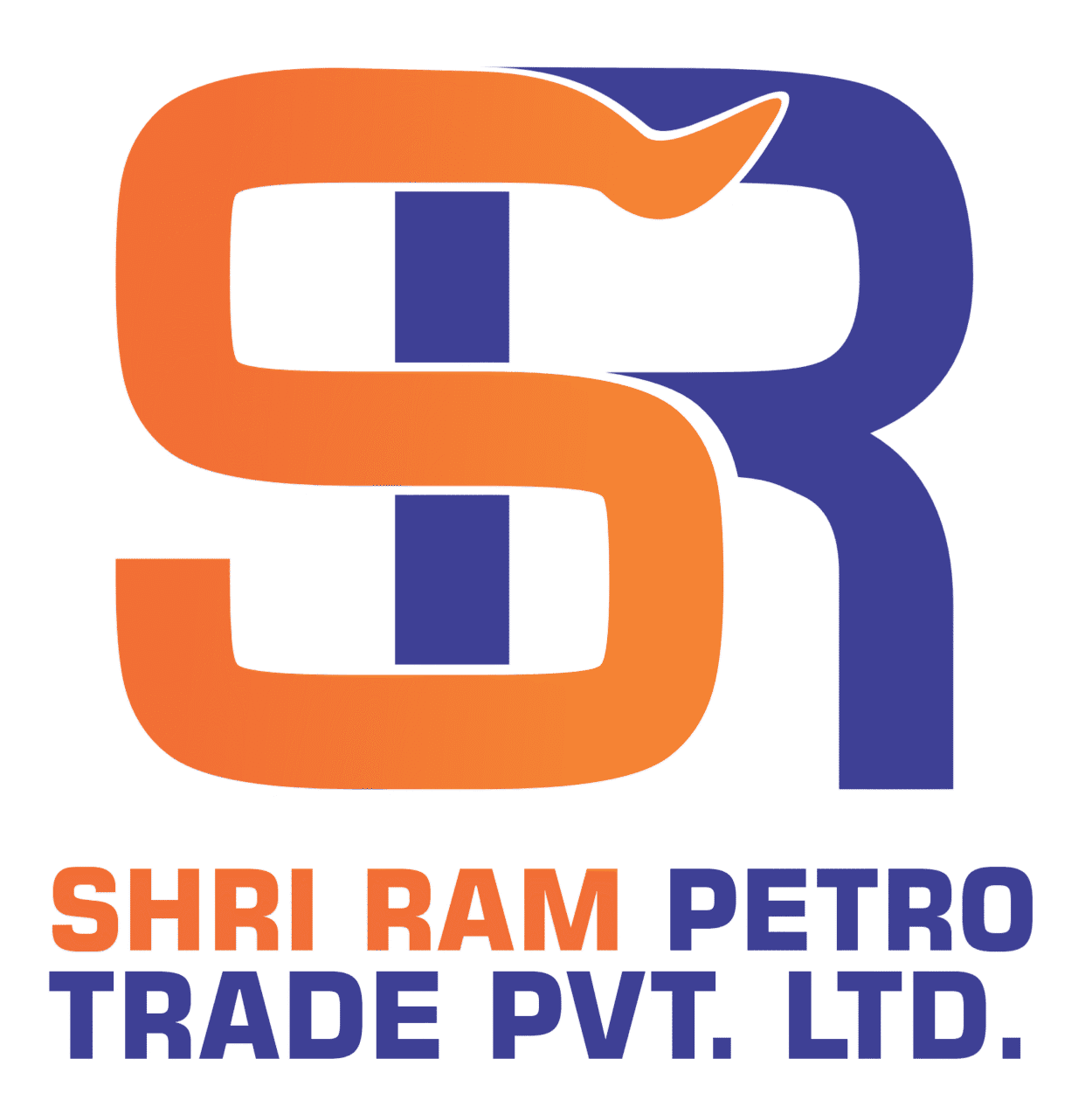
Polycarbonate: The Gold Standard for Strength and Clarity \ In industries where strngth, clarity, and safety are non-negotiable, polycarbonate continues to outperform alternative materials. From protective gear and electrical components to architectural panels and optical lenses, this high-performance thermoplastic offers a unique combination of impact resistance and optical clarity. Whether you’re a manufacturer in the automotive, construction, healthcare, or lighting industry, polycarbonate sheets and components provide a superior solution for demanding applications.
This blog explores why polycarbonate is widely regarded as the gold standard for safety and optical applications, and how it can elevate your product’s reliability and performance.
Unmatched Impact Resistance
One of the most compelling features of polycarbonate is its extraordinary toughness. It is nearly unbreakable, offering over 250 times the impact strength of glass. This makes it ideal for applications where protection and safety are critical.
From industrial machine guards and safety helmets to bullet-resistant panels and protective face shields, impact resistant plastic like polycarbonate ensures user safety without compromising on visibility or aesthetics.
Polycarbonate’s durability also reduces the need for frequent replacement, making it a cost-effective choice for long-term use.
Exceptional Optical Clarity
In addition to its toughness, polycarbonate delivers high light transmission—typically above 88% for clear grades—comparable to glass. Its natural transparency makes it perfect for applications like PC lenses, light diffusers, skylights, and optical sensors.
Polycarbonate maintains clarity even when exposed to UV light or outdoor weather, especially when treated with UV-stabilized coatings. This has made it a top material choice for architectural glazing, greenhouse panels, and automotive headlamps.
Whether you’re manufacturing eyewear or exterior lighting systems, polycarbonate sheets offer clarity that doesn’t fade with time.
Thermal Stability and Flame Retardance
Polycarbonate performs reliably in environments where other plastics may deform or fail. It has a high heat deflection temperature, typically above 130°C, and maintains dimensional stability under thermal and mechanical stress.
Certain grades of polycarbonate are also UL 94 V-0 rated, making them flame-retardant and suitable for electrical housings, switchgear, and lighting enclosures.
This thermal and fire resistance makes polycarbonate an ideal material for industries where safety certifications and compliance are mandatory.
Design Flexibility and Processing Benefits
Polycarbonate supports a wide range of manufacturing processes including injection molding, thermoforming, CNC machining, and extrusion. Its excellent flow characteristics allow for intricate designs and complex geometries, enabling innovation in product development.
Custom grades of polycarbonate sheets are also available in various tints, textures, and surface finishes—giving designers flexibility without sacrificing performance.
Versatile Applications Across Industries
Here’s where polycarbonate truly shines:
- Automotive: Headlamp lenses, sunroof panels, dashboards
- Construction: Skylights, window glazing, roofing sheets
- Healthcare: Medical device housings, face shields, drug delivery systems
- Lighting: LED covers, optical diffusers, protective enclosures
- Electrical: Switchgear panels, battery covers, distribution boxes
- Personal Protection: Helmets, eyewear lenses, riot shields
The wide application spectrum of PC lenses and panels highlights polycarbonate’s versatility as a go-to impact resistant plastic.
Conclusion
When performance, safety, and visual quality are key, polycarbonate delivers on every front. From unbreakable face shields to ultra-clear lighting components, polycarbonate sheets offer a powerful mix of mechanical strength and optical brilliance. For engineers, designers, and manufacturers looking to elevate their product quality, PC lenses and impact-rated panels are more than a material choice—they’re a strategic advantage.
